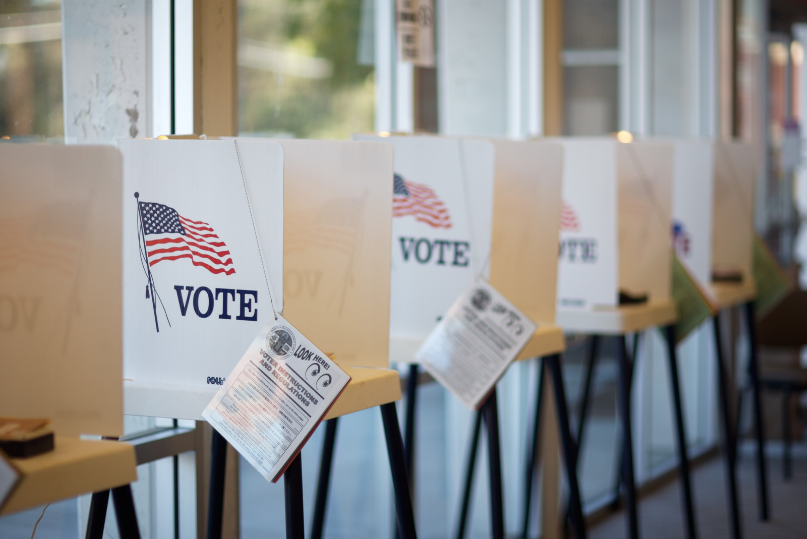
For months there has been controversy as to how Americans will cast their vote leading up to the Election this November. Democrats have been quick to amplify a message of fear, urging voters that casting their ballots in person is too dangerous amid the threat of Coronavirus.
However, coronavirus is largely under control on part of the Trump administration’s response and diligent healthcare workers and first responders. While Democrats fear monger and push for universal mail-in voting, America is actually seeing progress and has begun to re-open with Americans embracing the necessary precautions to prevent further spread of the virus. The reality is, with decreasing case numbers, a low death rate, the promise of a vaccine, and guidance on the implementation of safety measures from the CDC, poll sites and local election boards have plenty of time to prepare safe, clean, and socially distant polling environments for November 3rd.
“In early July, Emanuel—the bioethicist and former Obama-administration health adviser—led a group of experts in developing a detailed and widely circulated chart that advised Americans about the relative health risk of more than two dozen common activities. Taking a jog or having an outdoor picnic is low risk for transmission of COVID-19, for example, while going grocery shopping is slightly higher, but still relatively safe. A visit to the doctor’s office or a museum fell into the medium category, while activities like partying indoors, traveling by plane, or going to church were the most risky.
In-person voting is no more risky than going to the grocery store, Emanuel argues, as long as certain safeguards are in place, the same measures many Americans have become accustomed to since the spring: Wear a mask and line up at least six feet apart. Voting locations should have plexiglass barriers separating poll workers from voters, as well as disinfectant to wipe down commonly used surfaces and objects. (In the risk-assessment chart—which Emanuel created with James P. Phillips, the chief of disaster medicine at George Washington University, and Saskia Popescu, an epidemiologist at the University of Arizona—voting would also go in the same low-medium risk category as playing golf or tennis.)”
That’s right, voting in person this November is no riskier than going to the grocery store.
Americans have become accustomed to the Centers for Disease Control’s (CDC) guidelines for social distancing, wearing a mask, and taking extra personal hygienic precautions.
It is perfectly achievable for voting sites to practice social distancing, the use of face coverings, and sanitizing of voting stations just as it is done in our stores and places of business.
Former Virginia Governor Terry McAuliffe dissented saying, “We don’t prefer you standing in line,” but fails to specify how the risk of standing in a line to vote differs from a line at the stores.
The decision is ultimately in the hands of the voters on how they’ll be casting their vote, but every American should be afforded a safe option to do so in person and carry out their civic duty.




